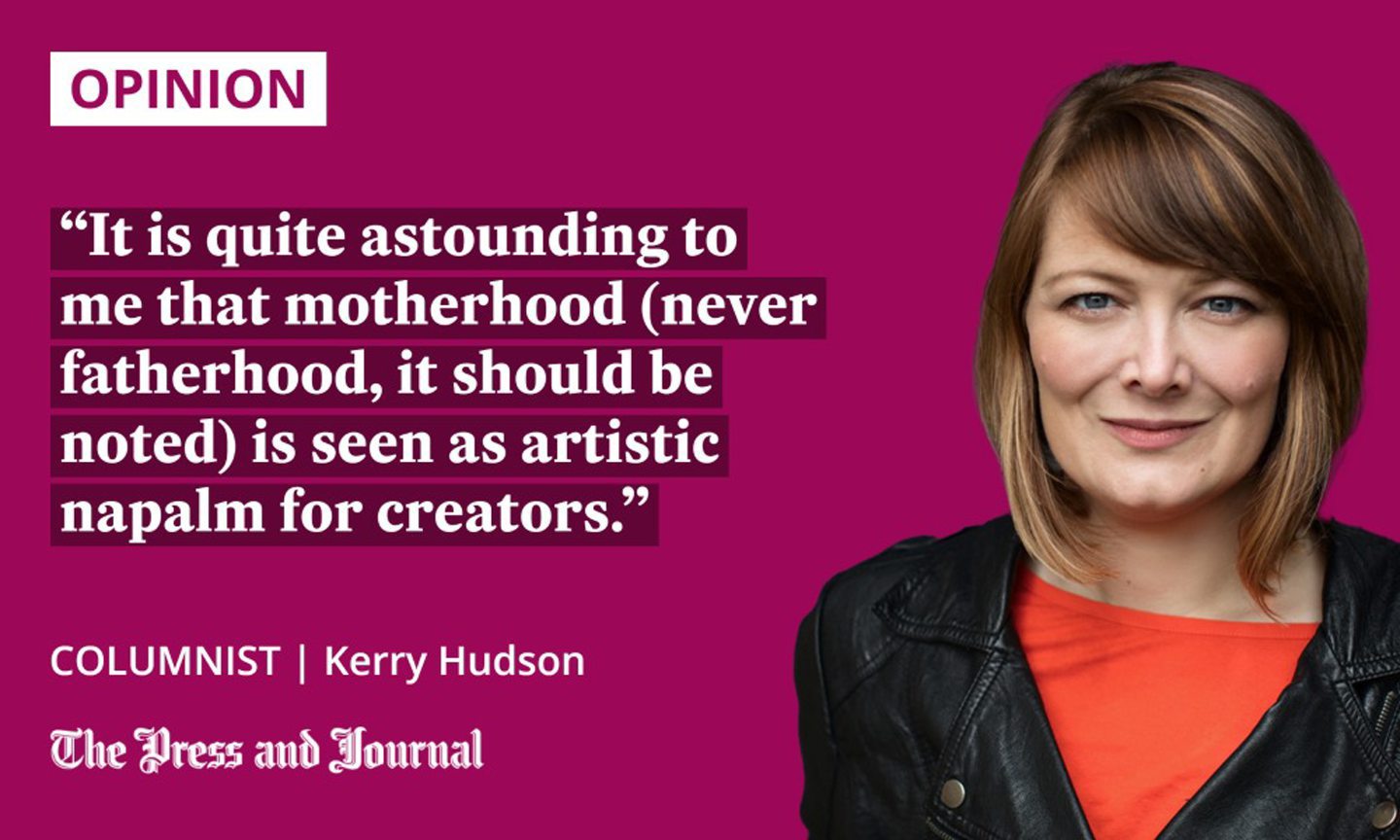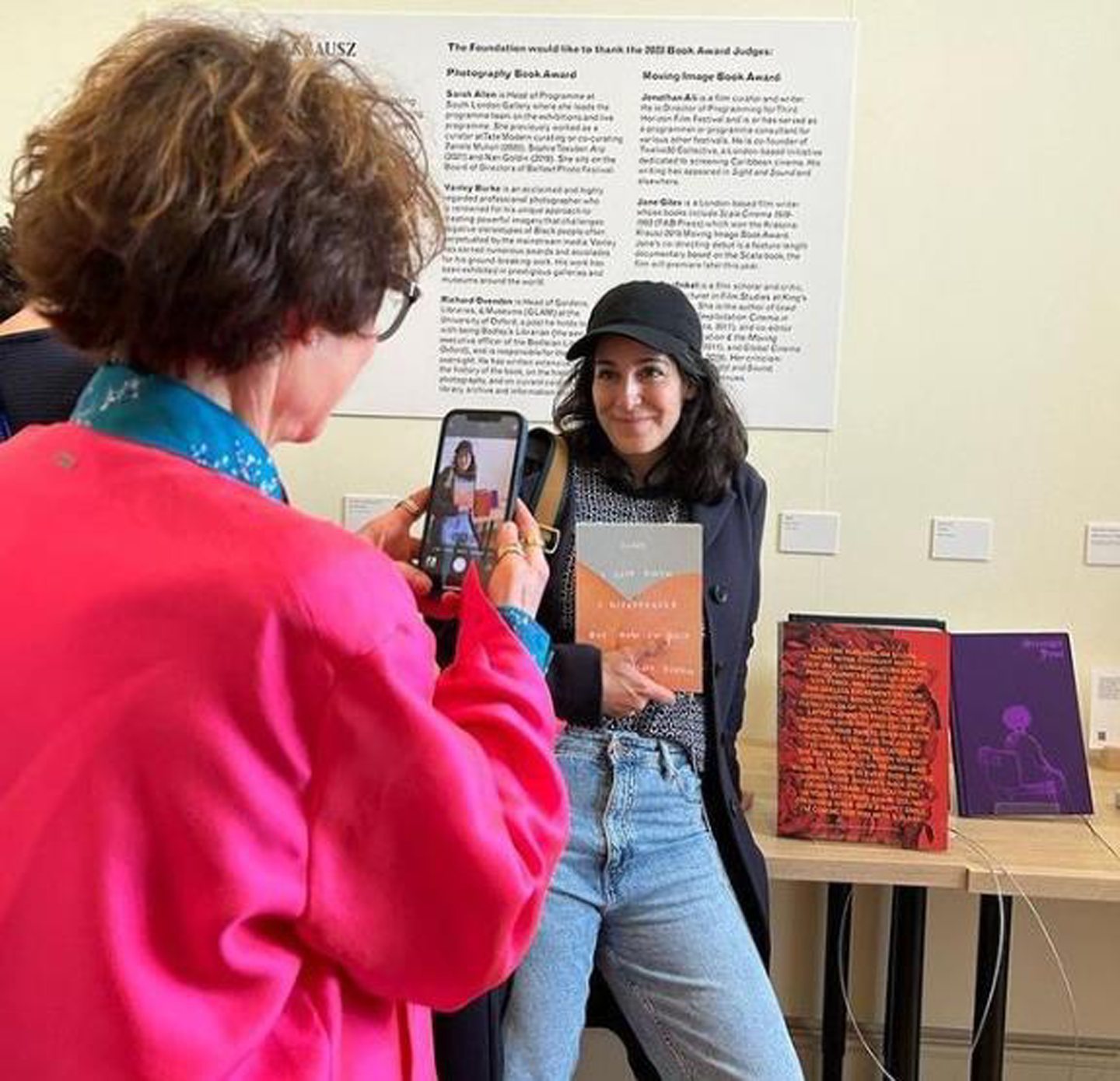For some bizarre reason, when I discovered I was pregnant, age 39, after two years of unexplained infertility, a few people I knew took it as a personal offence to my creative dedication.
More than one peer took great pleasure in quoting Cyril Conolly’s adage that “there is no more sombre enemy of good art than a pram in the hall.”
Little did they know this just made me more determined to turn my life and my new motherhood into something creative. They also could not have known that there is no, absolutely no, greater motivation to succeed than having a precious wee baby you suddenly have to provide for. Needing to feed, clothe and shelter another human for at least the next 18 years fairly sharpened my wits.
Those peers might also want to take note of Hungarian photographer, Andi Gáldi Vinkó, who recently won the 2023 Kraszna-Krausz photography book award for her book, Sorry I Gave Birth I Disappeared But Now I’m Back. It’s a book that features candid, intimate, often magical and often fiercely domestic moments of early motherhood.
One picture shows her toddler’s hand squeezing their mother’s nipple. It is very much a postpartum nipple: the blue veins and the large, brown areola that you know so well if you’ve been through pregnancy. Another picture shows an adult’s forefinger pulling up the lip of a baby to reveal the first millimetres of new teeth cutting through.
Andi Gáldi Vinkó takes a picture of herself in a sassy pose wearing her maternity pants, so similar to nappies, and of her trying to get some peace while on the toilet as her toddler stares on. Another captures her face covered in baby sick, moments after the up-chuck.

These are not unusual images to anyone who has a child. They are deeply relatable and a completely honest portrayal of those early days. But this candidness in a public forum is unusual, and, in this day and age, when we know what goes on the internet stays on the internet, it is also jarring to see such private, uncontrived pictures of a child.
The images are undeniably beautiful, moving and witty, and will speak directly to the heart of any parent. But part of that power comes from the pictures being so incredibly personal. I’ll admit that I looked at them and immediately wondered how her child might feel when they’re older, to have these photos out in the world.
Precious, small moments that feel like miracles
Of course, Gáldi Vinkó does not stop being an artist just because she’s become a mother. I can sympathise greatly with the tussle. Indeed, after my own child was born, I actually had an outpouring of creative energy, albeit crammed into a few stolen hours here and there.
I wrote a script treatment propped up on pillows, days after my C-section. I wrote a chapter for a feminist anthology about discovering the gender of my child. I wrote a BBC script and a radio play, both about the financial precarity of having a dependent. At the time, my new role consumed every waking moment. It would have been unthinkable to try to broach another subject.
I also wrote a memoir, which is due to be published next February, called Newborn. It is, perhaps, my own prose version of Andi Gáldi Vinkó’s book; a depiction of my experience of pregnancy and motherhood. It is, in its own way, just as candid an exploration of what happens to your marriage, identity, physicality and perspective when you give birth.
I did think very carefully about writing about this aspect of my life, knowing my son would one day read it. I was deeply aware of the pitfalls, and that other writers – most notably Rachel Cusk – have been harshly criticised for their warts-and-all portrayal of life with kids.
In the end, I reconciled with my doubts. For me, this memoir was about being given the privilege to create a public and historical record of how much I love my son, how joyful parenting has been. It meant being able to capture those precious, small moments that feel like miracles when you’re observing them – even if you are in baby sick-covered pyjamas and your hair hasn’t been washed in four days.
Mothers are artists and artists are mothers
I believe we need representations of motherhood. It is quite astounding to me that motherhood (never fatherhood, it should be noted) is seen as artistic napalm for creators. If art and literature and film and music are meant to help us understand the world around us, help us see ourselves, then surely motherhood should be at the very core of that, as a fundamental experience?
I am grateful to Andi Gáldi Vinkó for giving me images which are so relatable. I know others will be, too. If I were still in those early stages of motherhood, they would make me feel less alone. Now that I am beyond that stage, I can look back with nostalgia and a wry recognition.
Despite what people think about the pram in the hallway, it can actually spur us on to create work
So, no, we do not stop being artists when we become mothers, and we don’t stop being mothers when we make art.
Despite what people think about the pram in the hallway, it can actually spur us on to create work that will both satisfy our personal inspirations and curiosities and reach those who need that art most.
Kerry Hudson is an Aberdeen-born, award-winning writer of novels, memoirs and screenplays

